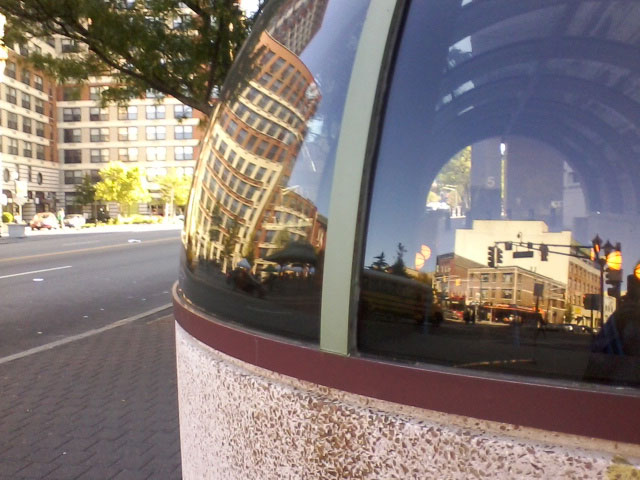
Day: September 29, 2013
self-publishing now and five minutes ago
Was re-reading old posts and found this one from 2008 on some of Guthrie Lonergan's projects.
One is a page of self-published books that hotlinked actual, bad 3D renderings of book covers with titles like The Thought That Burned a Thousand Minds and A Lone Teen's World of Poems. Generic packaging, clip art for the covers, bland typefaces -- one uses comic sans!
In '08 clicking on each image took you to the book's listing on Wordclay.com, a site where Joe and Jane Aspiring Author could publish a run of print-on-demand (physical) books. A New York Times article from '09 gave the lay of the land of this surprisingly lucrative field, lucrative for the publisher, that is. Lulu is one of the companies mentioned in the article -- more on that below.
Print runs of physical books were so, well, 2008. Now it's e-books, so when you click on Lonergan's author links you are taken to a page maintained by Wordclay's parent, Author Solutions, telling you that Wordclay has crumbled but you should dance on over to Booktango for some hot e-book action.
A few words on where art fits into this. Lonergan treated the covers as found objects and arranged them against a spacious white background, where you scroll right to see the line of books. He exercised taste in picking the best (as in the most poignantly bad) titles and cover-designs. On the other side of the publishing spectrum, Artists have used Lulu, in particular, as a "found process" to make books for show documentation or as a form of performance. Lulu also serves as an outlet for conventional small-press activities (poetry, criticism, manifestos). Examples of the above uses are Domenico Quaranta's Link Editions press and Travis Hallenbeck's Twitter Favs and Flickr Favs books.
To distinguish these from the bad uses of self-publishing tech of the type Lonergan was celebrating, artistes use even more generic design - black letters, white background, no cover art.
Lonergan's insights (and why he trumps later imitators such as The Jogging) are (i) you can't improve on found bad design with your own bad design and (ii) don't get too haughty because there is a micro-thin line between what these self-publishers are doing and what you're doing. The veneer and distance of "art" makes one person's Lulu OK and another's pathetic but it's the same Lulu.
